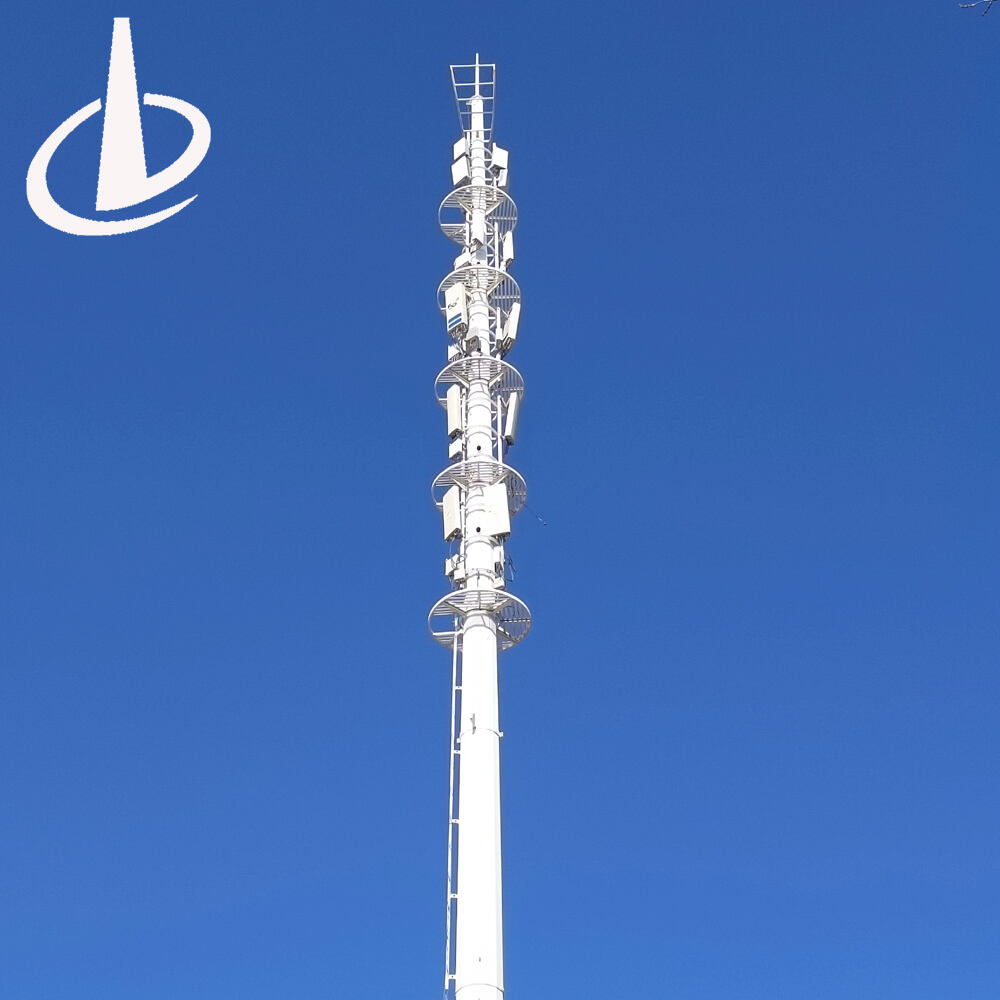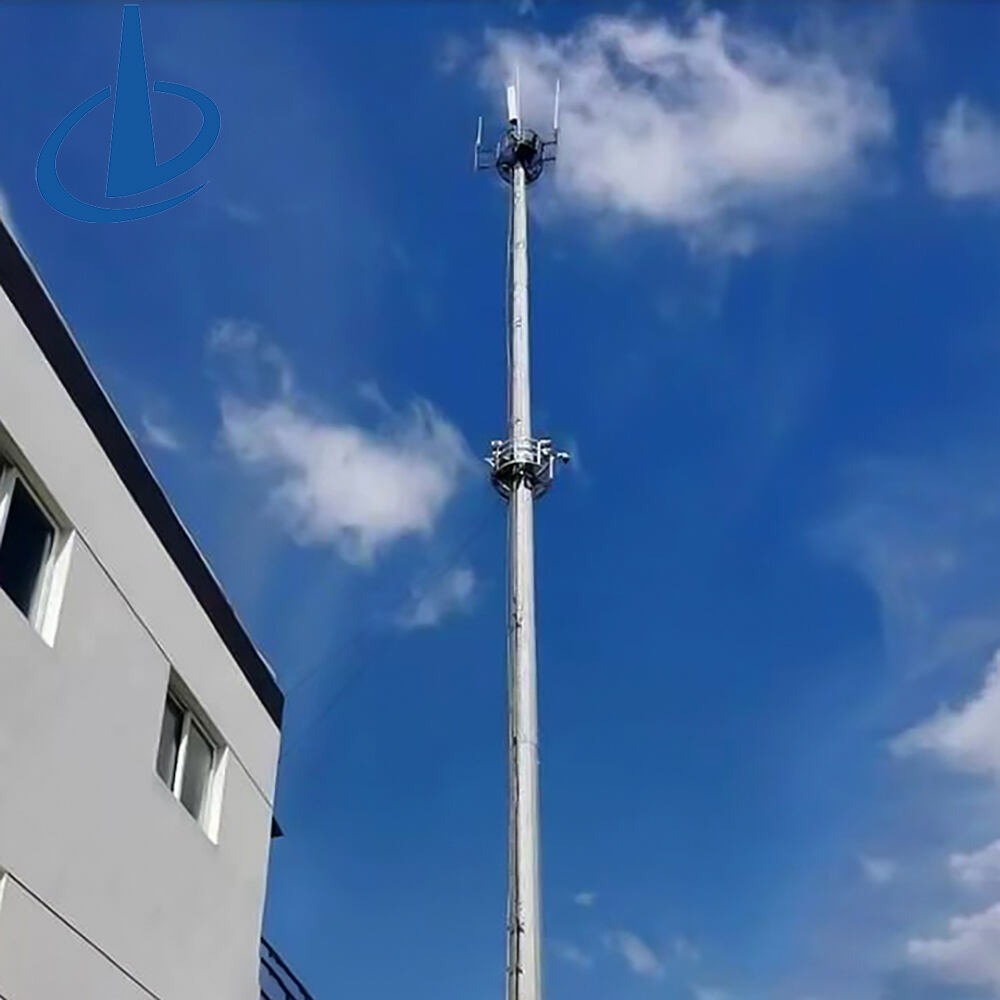tower self support
A tower self support is a freestanding telecommunications structure designed to support various communication equipment without the need for external support mechanisms such as guy-wires. These towers are engineered to be completely self-sufficient, utilizing their robust base and structural design to maintain stability even in challenging weather conditions. The structure typically consists of a wide base that gradually tapers toward the top, constructed with high-grade steel and reinforced with cross-bracing for optimal strength. These towers can reach heights ranging from 30 to 200 meters, depending on specific requirements and local regulations. The design incorporates multiple platforms at different heights to accommodate various equipment installations, including antennas, microwave dishes, and other telecommunications gear. Advanced galvanization and protective coating systems ensure long-term durability and resistance to environmental factors. The tower's self-supporting nature makes it particularly suitable for installations in urban areas or locations where space is limited, as it requires a smaller footprint compared to guyed towers. Modern self-support towers also feature integrated cable management systems, climate-controlled equipment shelters at the base, and advanced lightning protection systems.


